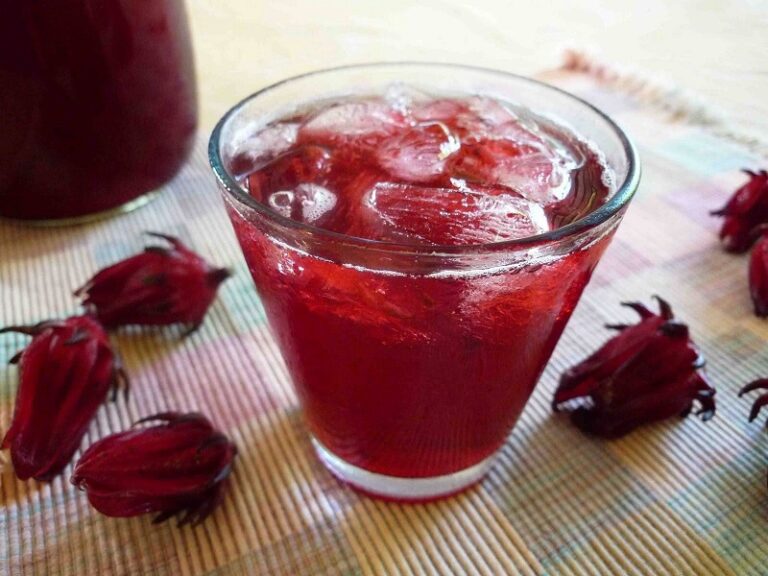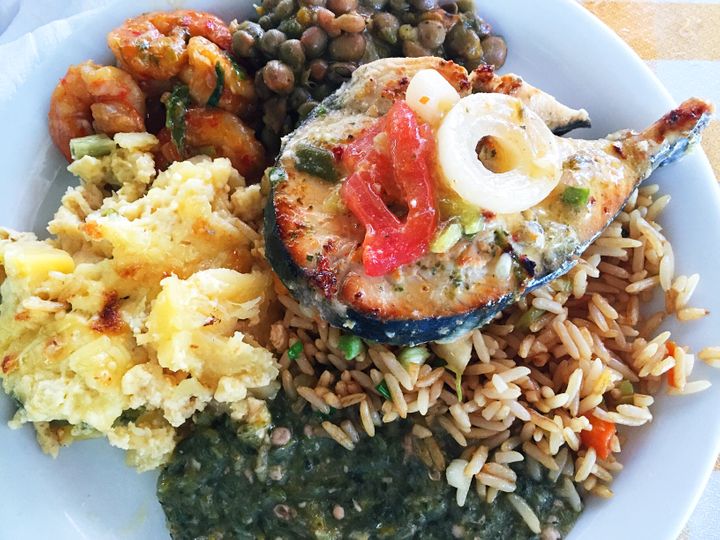Introduction: Trinidad and Tobago’s Beverage Culture
Trinidad and Tobago, a twin-island nation in the southern Caribbean, is known for its vibrant and diverse culture. One aspect of this culture is its love for refreshing beverages. The country’s beverage culture is a mix of indigenous, African, Indian, and European influences, resulting in a range of unique and delicious drinks that reflect its history and geography.
From non-alcoholic drinks to local brews and exotic concoctions, Trinidad and Tobago has something for everyone. Beverage stands and street vendors are a common sight, especially during the hot and humid months, offering a wide variety of refreshing drinks to quench the thirst of locals and tourists alike.
The Go-To Refreshment: Non-Alcoholic Drinks
When it comes to non-alcoholic drinks, Trinidad and Tobago has an abundance of options to choose from. One of the most popular is coconut water, which is readily available and served chilled. Another refreshing drink is mauby, made from the bark of the mauby tree and flavored with spices like cinnamon and clove.
For those looking for a sweeter option, sorrel is a popular choice. Made from the dried sepals of a hibiscus plant, this deep red drink is often served during Christmas time and can be spiked with rum for a festive kick. Other non-alcoholic drinks include ginger beer, passion fruit juice, and tamarind juice.
Vibrant and Fruity: Popular Juices and Smoothies
Trinidadians love their fruits, so it’s no surprise that fresh fruit juices and smoothies are popular drinks. Popular fruits include mango, pineapple, guava, and watermelon. These fruits are often blended with water or milk to make a delicious and nutritious drink.
One of the most popular smoothies is the “green smoothie,” made with spinach, kale, and other leafy greens. This healthy drink is packed with vitamins and minerals and is a great option for those looking for a nutritious and refreshing beverage.
Spicy and Flavorful: The Culture of Tea in Trinidad and Tobago
Tea is an integral part of Trinidadian culture, with a strong tradition of herbal and medicinal teas. One of the most popular teas is bush tea, made by steeping herbs like lemongrass, mint, and ginger in hot water. These teas are believed to have medicinal properties and are often used to relieve colds and other ailments.
Another popular tea is chai, which has Indian roots and is made with a blend of spices like cinnamon, cardamom, and cloves. This tea is often served with milk and sugar, creating a rich and flavorful drink.
Cheers to Good Times: Alcoholic Beverages and Local Brews
Trinidad and Tobago has a thriving rum culture, with a variety of local and international brands available. Rum is often mixed with coconut water or fruit juices to make fruity cocktails like the popular “rum punch.” Another popular alcoholic beverage is beer, with locally brewed brands like Carib and Stag being the most popular.
For those looking for a unique and potent drink, puncheon rum is a popular choice. This unaged rum is often distilled in backyard stills and has a high alcohol content. It’s often consumed by locals during celebrations and social events.
Unique and Exotic: Special Beverages of Trinidad and Tobago
Trinidad and Tobago also has a range of unique and exotic beverages that are not found anywhere else in the world. One of these is “ponche de creme,” a rich and creamy drink made with eggs, condensed milk, and rum. This drink is often served during Christmas time and is a favorite among locals.
Another unique beverage is “peardrax,” a carbonated grapefruit-flavored drink that is similar to a soda. This drink is a favorite among Trinidadians and is often served at social gatherings and parties.
In conclusion, Trinidad and Tobago’s beverage culture is as diverse and vibrant as its people. From refreshing non-alcoholic drinks to exotic alcoholic beverages and special concoctions, there’s something for everyone to enjoy in this Caribbean paradise.


